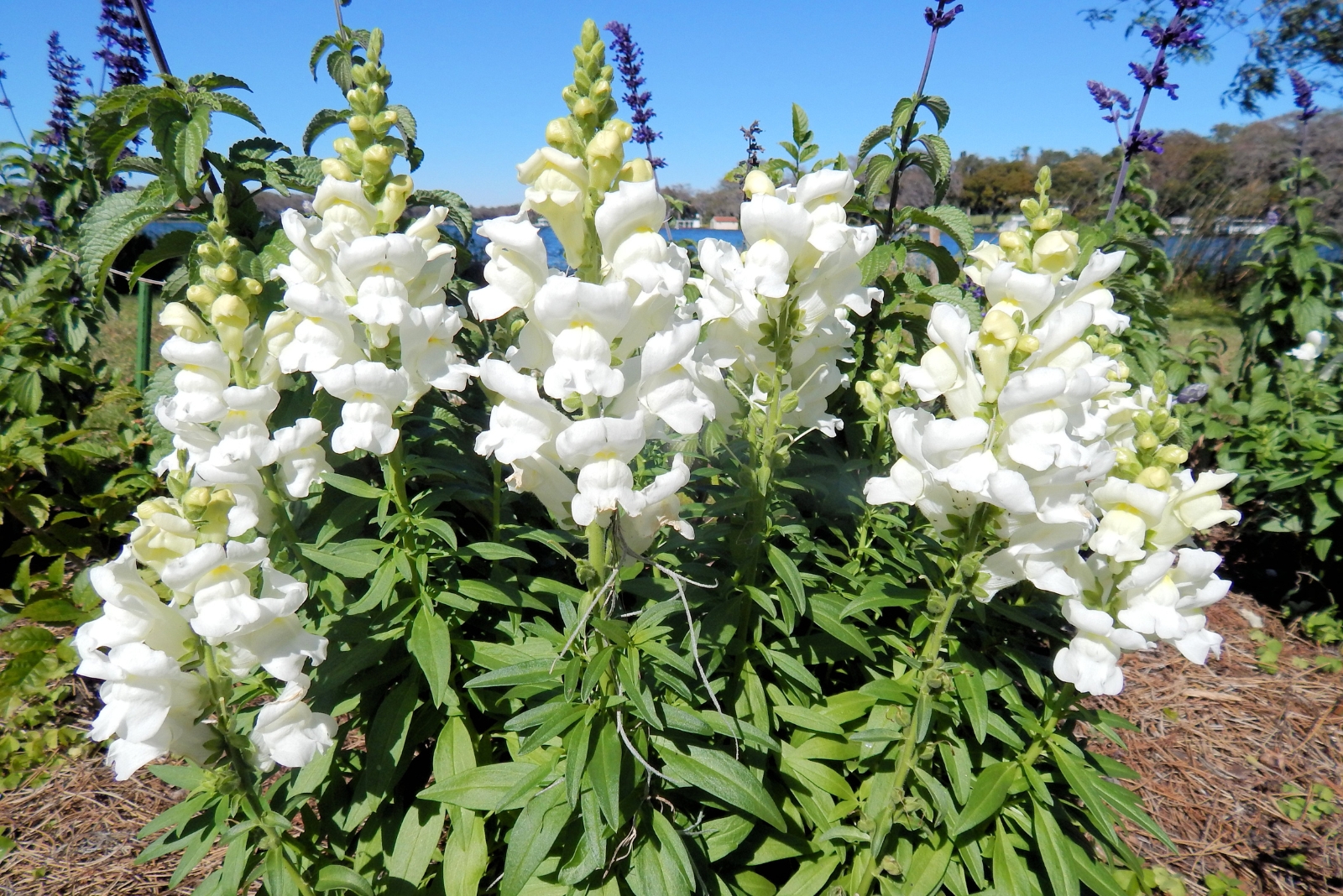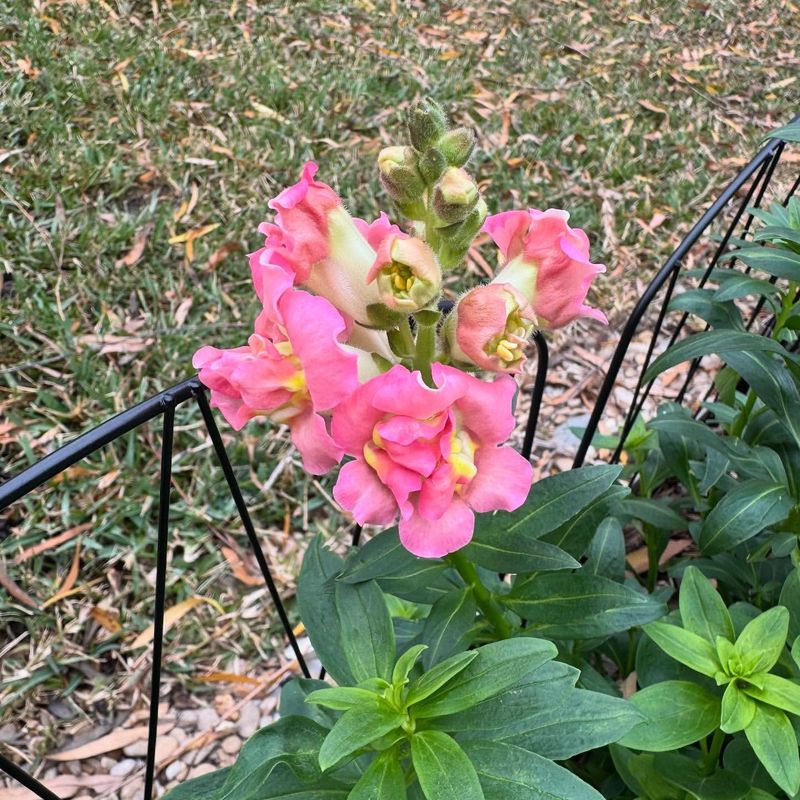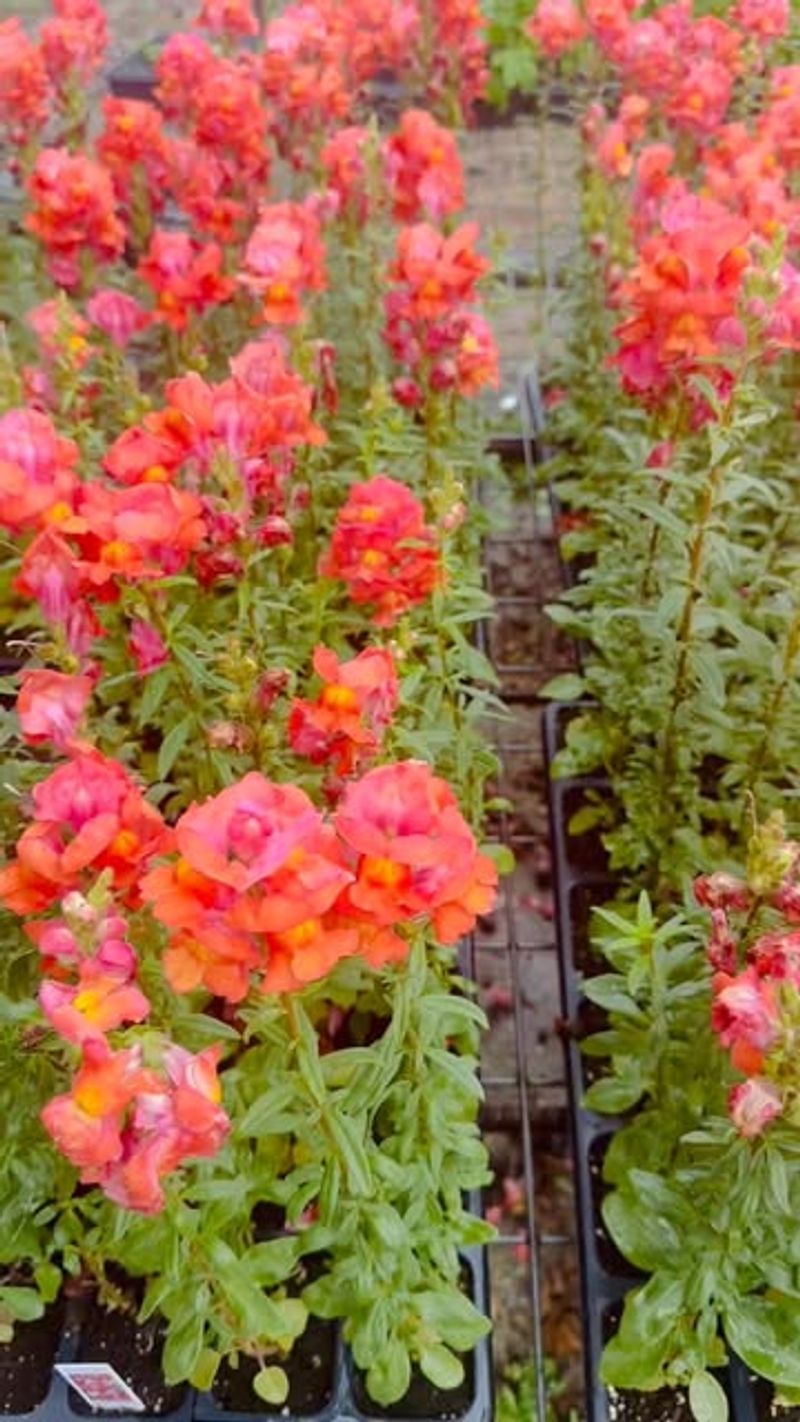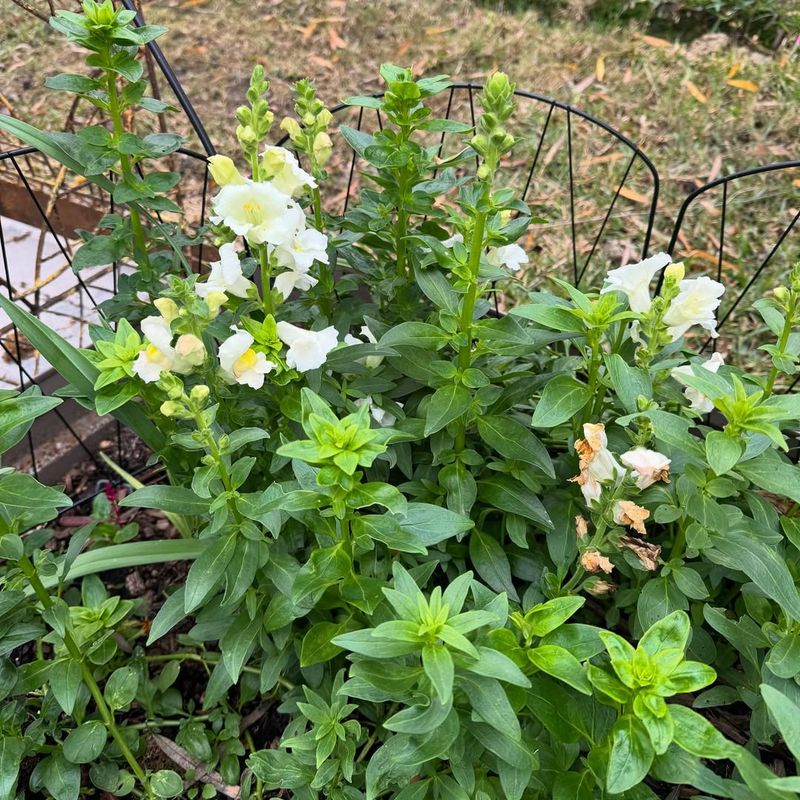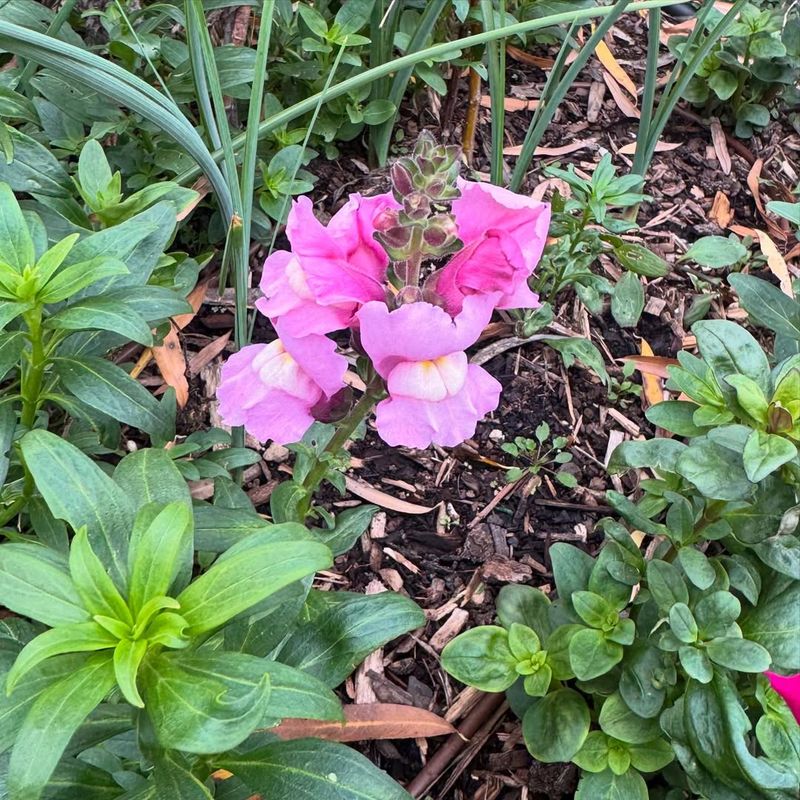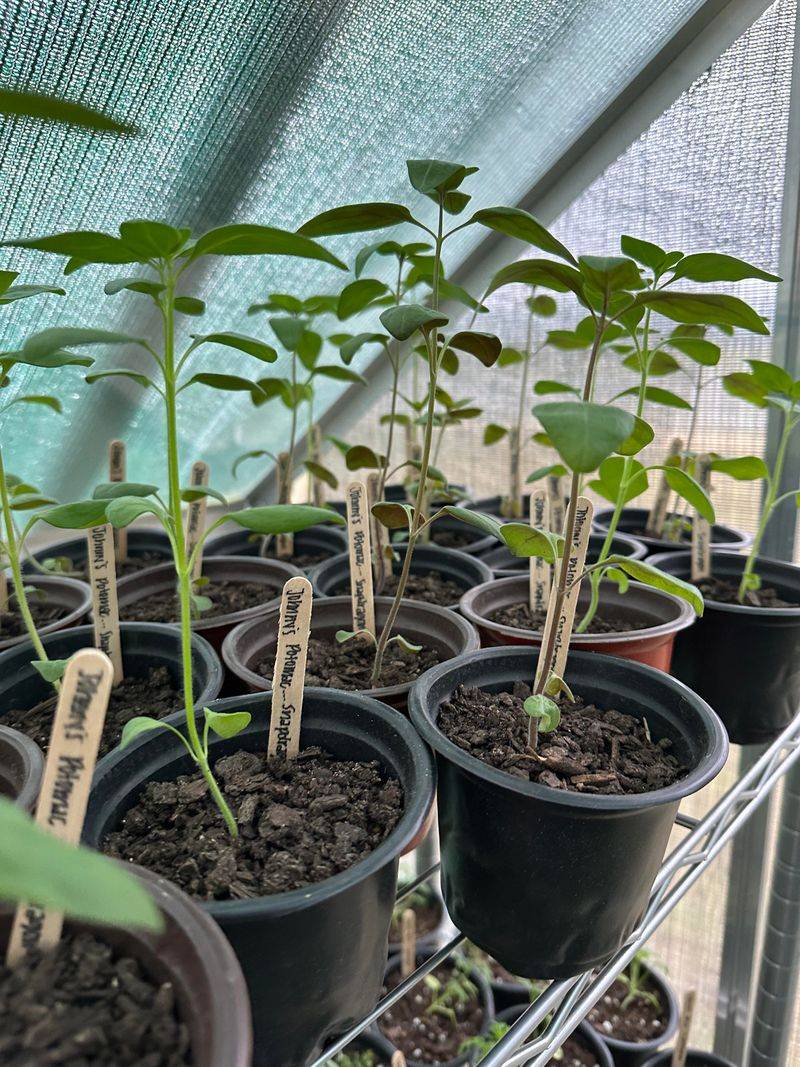Texas gardeners have this confident way of keeping snapdragons blooming long into late fall, and it’s hard not to admire how they push color far past what most folks expect.
I’ve watched how they handle these flowers in that Texas heat-to-cool swing, and the results stay bright and stubborn in the best way.
It feels like a classic Texas move — a little bold, a little practical, and surprisingly effective.
1. Plant at the Perfect Time
Timing makes all the difference when growing snapdragons because these flowers actually prefer cooler weather over scorching summer heat in most regions.
Gardeners in Texas usually plant their snapdragon seeds or seedlings during early September when temperatures start cooling down after the brutal summer months pass.
This strategic planting schedule gives the roots plenty of time to establish themselves before winter arrives, creating stronger plants that bloom beautifully throughout fall.
2. Water Deeply but Not Too Often
Snapdragons need consistent moisture to keep producing flowers, but overwatering can cause root problems that weaken the plants and reduce their blooming potential significantly.
Many Texas gardeners water their snapdragons deeply once or twice each week rather than giving them shallow daily drinks that waste water and energy.
Deep watering encourages roots to grow downward into the soil where they find more nutrients and moisture, making plants more resilient during dry spells.
3. Deadhead Spent Blooms Regularly
Removing faded flowers might seem like extra work, but this simple task actually tricks snapdragons into producing more blooms instead of making seeds for reproduction.
Folks across Texas pinch off old flower spikes every few days, which redirects the plant’s energy toward creating fresh new blossoms that brighten gardens longer.
Regular deadheading keeps snapdragons looking neat and colorful throughout fall, preventing them from becoming scraggly or stopping their bloom production too early in season.
4. Feed with Balanced Fertilizer
Snapdragons are hungry plants that need regular feeding to support their continuous blooming habit, especially when grown in Texas soil that varies greatly by region.
Experienced growers apply a balanced fertilizer every two to three weeks during the growing season, providing essential nutrients that keep plants vigorous and productive.
A formula with equal parts nitrogen, phosphorus, and potassium works wonderfully for snapdragons, promoting healthy foliage, strong roots, and abundant flowers all season long.
5. Provide Afternoon Shade Protection
Even though fall temperatures drop considerably, Texas still experiences plenty of bright sunshine that can stress snapdragons during the hottest part of each day.
Smart gardeners position their snapdragons where they receive morning sun but get some relief from intense afternoon rays that can cause wilting or fading.
Planting snapdragons near taller plants or structures that cast afternoon shadows helps them stay cooler and more comfortable, extending their blooming period into December.
6. Mulch Around Plant Bases
A layer of organic mulch around snapdragons helps regulate soil temperature and moisture levels, which becomes especially important as Texas weather fluctuates during fall months.
Gardeners spread two to three inches of shredded bark, compost, or pine needles around each plant, being careful not to pile mulch against stems.
Mulching also suppresses weeds that compete for water and nutrients, while slowly decomposing to enrich the soil and support healthier snapdragon growth throughout the season.
7. Watch for Pests and Problems
Snapdragons occasionally attract aphids, spider mites, or other pests that can weaken plants and reduce flower production if left unchecked for too long.
Texas gardeners inspect their snapdragons weekly for signs of trouble, looking at leaf undersides and stems where pests often hide from plain sight during inspections.
Catching problems early allows for quick treatment with insecticidal soap or organic solutions that protect plants without harsh chemicals that harm beneficial insects visiting gardens.
8. Pinch Young Plants Early
When snapdragons reach about six inches tall, pinching off the top growth encourages them to branch out sideways instead of growing tall and spindly.
This pruning technique might seem counterintuitive at first, but Texas gardeners swear by it because bushier plants produce many more flower spikes than unpinched ones.
Pinching takes just seconds per plant and results in fuller, more attractive snapdragons that create stunning displays lasting well into late fall across gardens.

